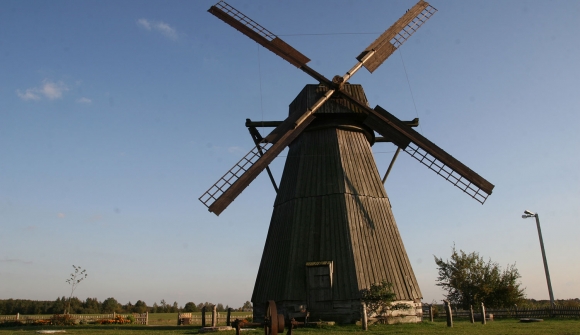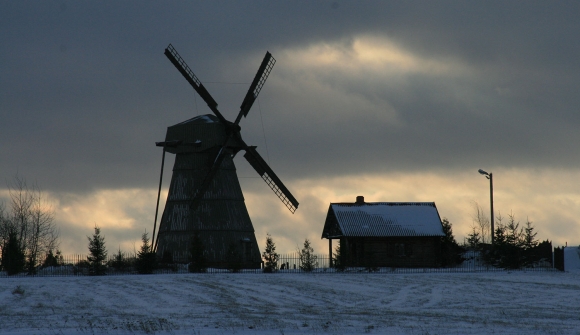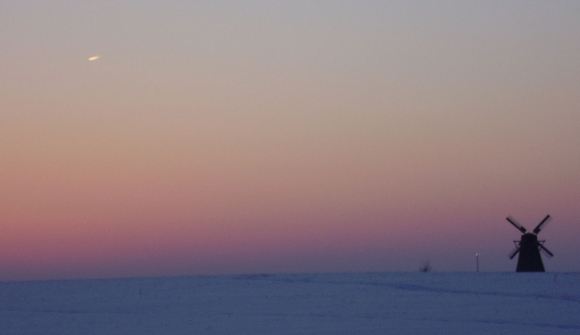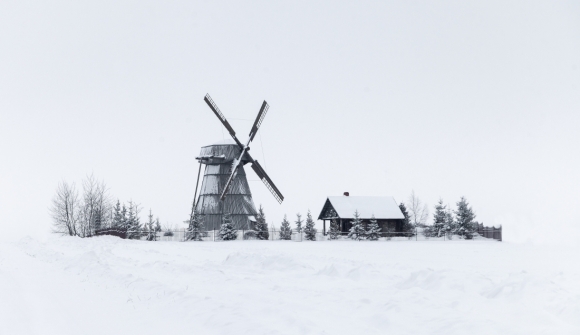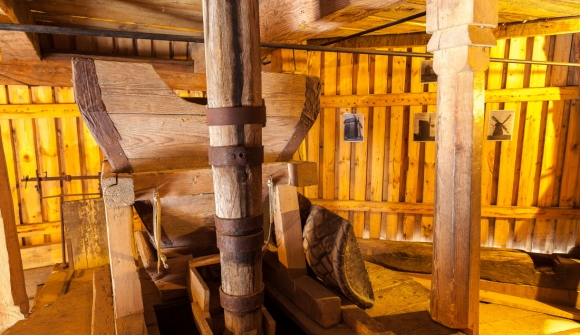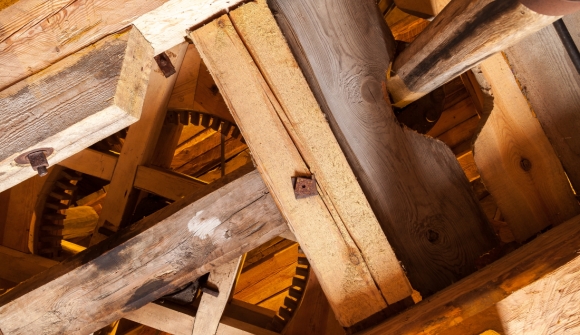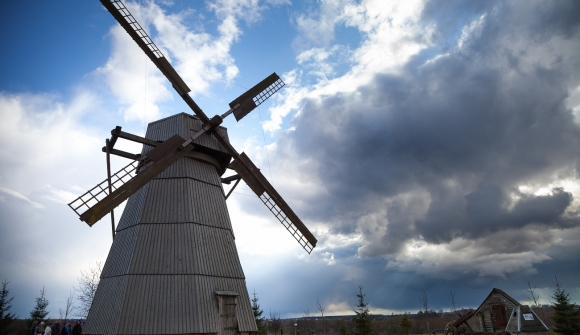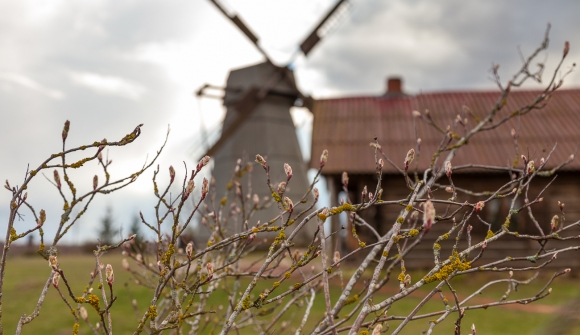Windmill







Glimpses of History of Windmills
First windmills were built in the Middle East in the 7th c. From the 12th c. onwards they became widespread in Western Europe – Spain, the Netherlands, Germany. First references about the windmills in the territory of Belarus date back to the 16th c. In 1840 there were already 315 windmills in Minsk province only. At the beginning of the 60s of the 19th c. among 1123 mills in Grodno province 347 were windmills, 592 were watermills and 157 were horse mills.
Types of Windmills
The most popular type of windmills in Belarus in the past is the post windmill. Its height is about 8-12 m. The main body of windmills of such kind rested on a wooden support known as the trestle that consisted of large horizontal bars and a vertical pillar with several struts notched in them. Horizontal beams fixed at the main pillar held the body of a mill from below and served as a basement of the first floor. A large wooden block attached to the same beams was used so as to turn the mill and to make it face the wind direction. The sails were fixed on a horizontal shaft located just under the roof. A wooden gear wheel fixed at the same shaft transmitted the spinning motion to the upper millstone (the lower stone was fixed and motionless).
Unlike post mills, the main body of tower mills was immobile. Only the highest point knows as cap could rotate together with sails. The cap itself rested on a horizontal wheel that was a finishing point of the body and served in order to turn the cap with sails. Inside the cap there was a shaft with gear that transmitted the rotating motion to a vertical shaft. At a lower part of the vertical shaft through the system of gears the motion reached the upper millstone. Such windmills were higher than post mills. Usually they had three floors and the height of about 18 m.
However, there was one more type of windmills constructed in Belarus. In the north of the country there were popular windmills that united the design features of post and tower mills. The body of such mixed wills was not only attached to a pivot but rested on a wooden wheel lying on stones. With the help on this wheel (or, to be more accurate, with the help of an annular metal runner installed in it) the body was turned. The principle of work was nor very difficult. Receiving the spin motion from the sails, the horizontal shaft transmitted it through a wheel fixed on it to a sprocket roller and further to a metal kingbolt that put into motion the upper millstone.
Our Windmill
Our windmill was constructed in 1903-05 by brothers Michael and Ivan Polyakov. in the village of Berezovka which is located in Kormyansk district of Gomel province. It is a sample of towel windmills. Its height is 14 m and there are five floors inside. During the times of collectivization the mill was taken from the brothers who were exiled to Siberia and given to a local communal farm.
The mill functioned till the 70s of the 20th c. and then it was abandoned and started to decay. ; upon the initiative of Eugene Budinas, a museum founder, in June 1992 it was brought to the museum of Dudutki and restored by carpenters of Victor Karachun supervised by architect Sergey Sergachev and artist Boris Tsitovich. On the right of the windmill there is a miller’s house for guests where countrymen who came to the miller but didn’t manage to grind their grain could have dinner and stay at night.
Miller
The miller was associated with air and water elements and usually lived near the border of the territory reclaimed by people (i.e. somewhere out of the village). That is why countrymen endued him with supernatural and even magic qualities. People believed that only looking at the colour of seeds brought to him to grind the miller could identify a sorcerer or a witch that had reaped and stolen someone else’s grain. The miller was paid not with money but with grain. He could take from a tenth up to a third part of each sack of flour ground. That’s why millers were very rich people and had a relatively high social status in villages. Very often a good name of a countryman depended on his opinion.
October, 25 has always been a miller’s day. Probably, this date is connected with the birthday of Saint Victor of Marseilles who is a patron of millers in the Roman Catholic Church.
|
Master
|
|
+ 375 17 133-07-47
Phone/Fax |
+ 375 29 602-52-50
|
|
+ 375 17 132-11-77
Phone/Fax |
+ 375 29 603-52-50
|
| Download Particulars | info@dudutki.by |
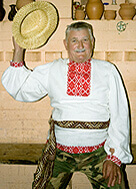
|
We invite you to visit us
on Friday till Sunday
Monday till Thursday are a day off
|
|
Mo-Th: days off
Fr-Sun: 1000 - 1800 (enter till 1700)
Dogs are not allowed
|

